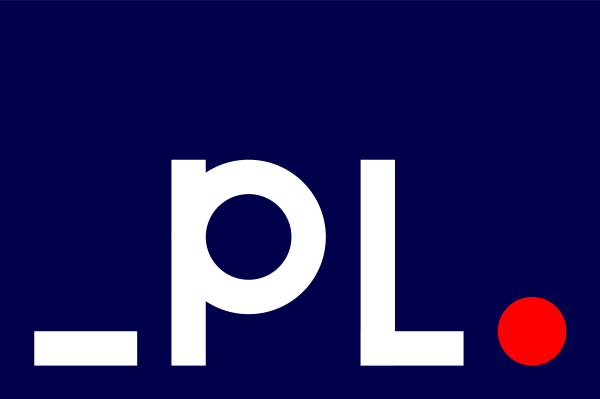These punitive measures prevent transmission via satellites such as Nilesat, despite continuous attempts to overcome these obstacles, said the Ministry’s Public Relations Director Ali Al-Rifai.
He also attributed this delay in relaunching the TV channels to other technical and political challenges, such as the deterioration and old age of the equipment, which is not suitable for modern media.
The channels have an old operating system and limited human resources, and currently, a group of young people worked diligently and managed to give the Syrian news channel (Ikhbariya) a new identity, modern studios, professional presenters and a new editorial policy, Al-Rifai clarified.
He revealed that Ikbariya is ready for launch and has been broadcasting since the beginning of this month on an experimental basis, and will be accessible as soon as a frequency is available on Nilesat and the sanctions issue is resolved.
The deputy director general of the Radio and Television Authority and supervisor of the Soap Channel, Muhammad Al-Sukhni, had revealed that Syrian TV will return with a ‘different vision in terms of visual appearance and logos that distinguish each channel from the others.
Syrian state television, which is made up of five channels, ceased operating last December 8 following the overthrow of Bashar Al-Assad’s government.
This comes amid allegations that the new administration dismissed about 2,000 employees in this body.
ef/abo/kmg/fm








